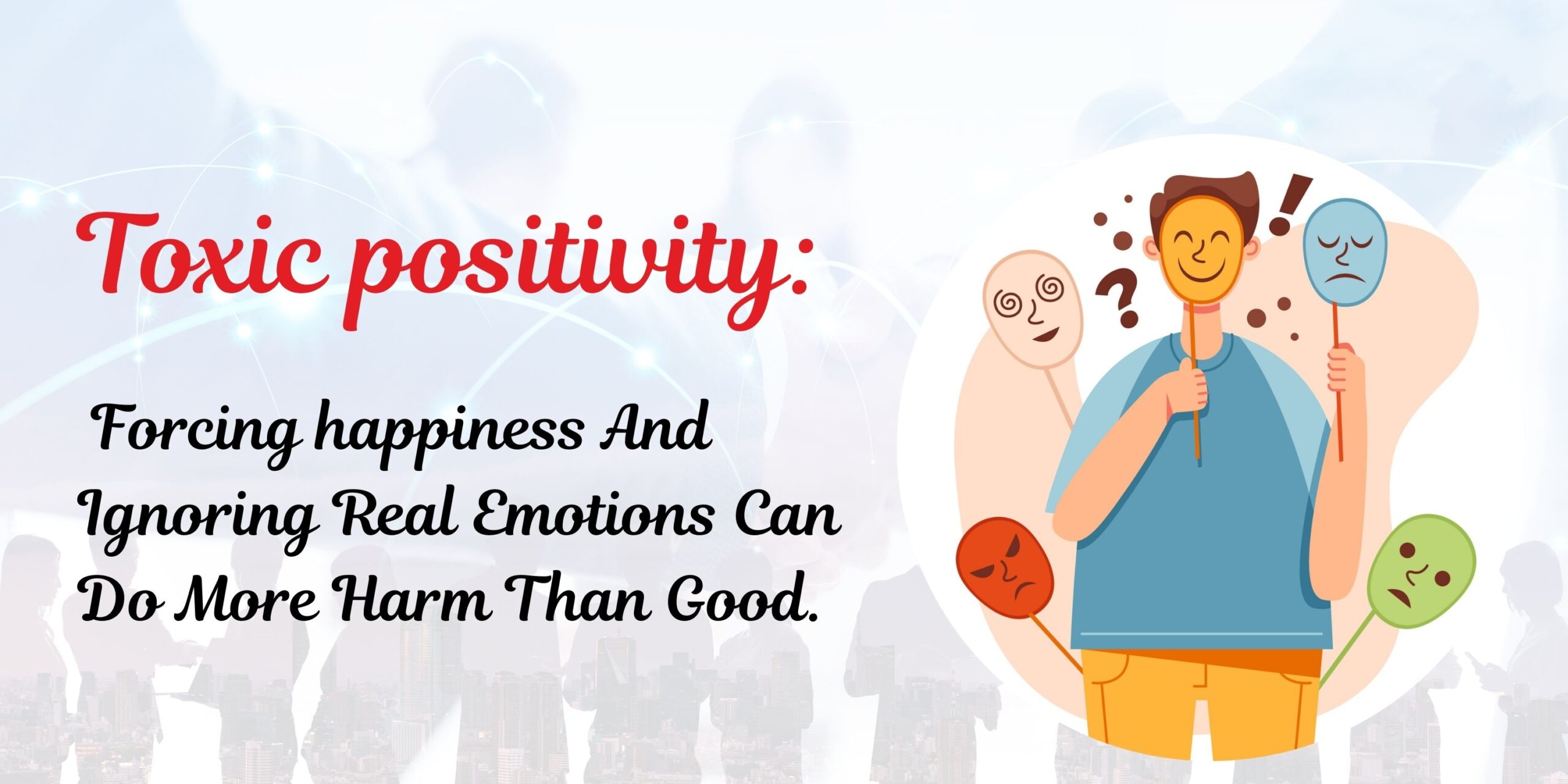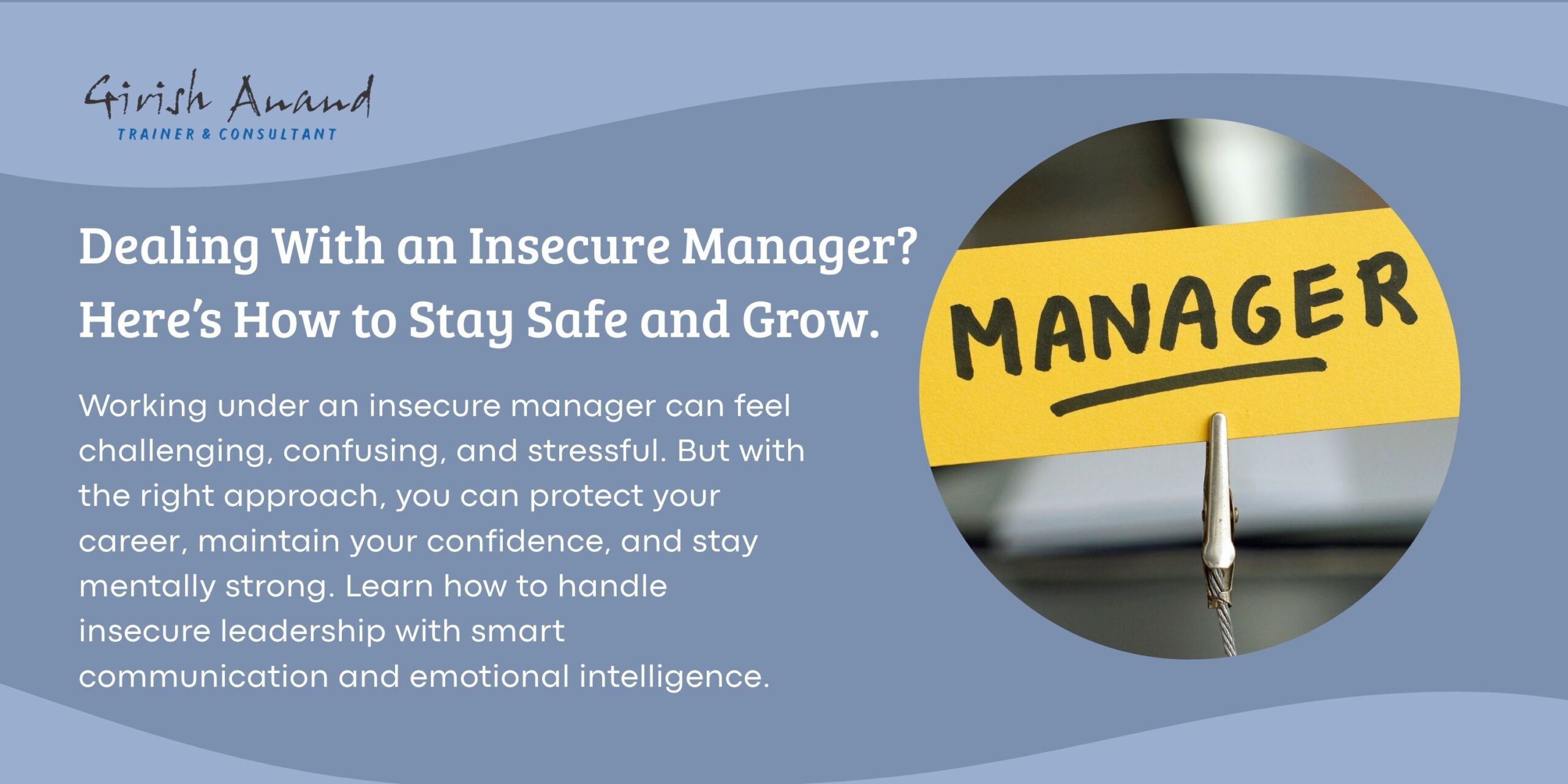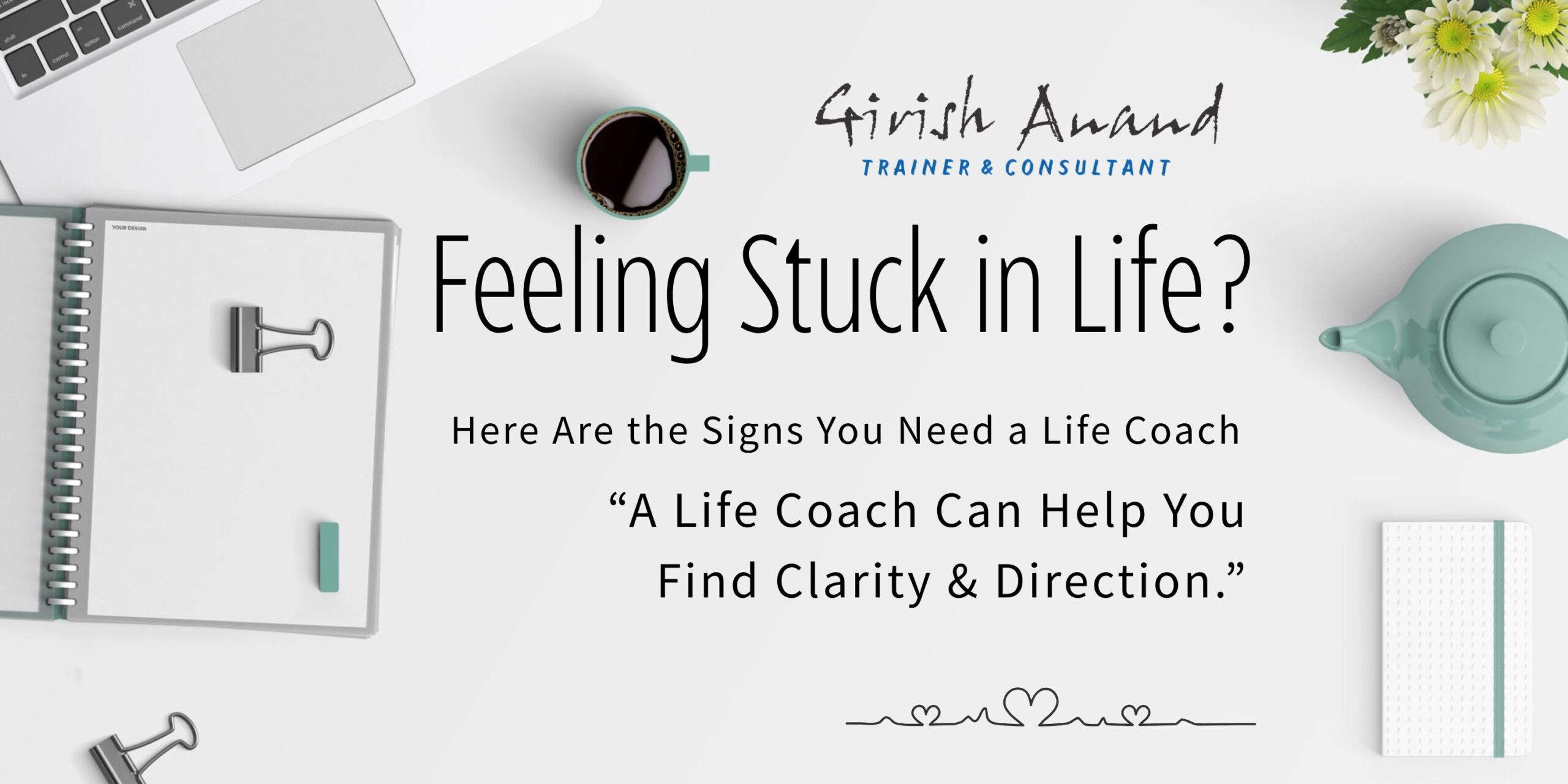Most of us have heard phrases like “Don’t worry, be happy” or “Stay positive, everything will be fine.” While these words are often meant to cheer us up, sometimes they do the opposite. Forcing positivity in every situation is called toxic positivity. Instead of helping, it can make us feel that our true emotions don’t matter.
In this blog, we’ll explain what toxic positivity is, share its definition, give you examples, and point out the signs of toxic positivity. By the end, you’ll also learn a healthier way to support yourself and others.
And don’t forget to watch Girish Anand’s video at the end—he explains this topic beautifully.
What is Toxic Positivity?
Toxic positivity means pretending to be happy all the time and ignoring real feelings like sadness, stress, or anger.
Yes, staying positive is good, but life is not always sunshine. When we push away “negative” emotions instead of facing them, we are not being honest with ourselves. This can create stress and emotional pain.
Toxic Positivity Definition
Here’s a simple toxic positivity definition:
It is the pressure to always be positive, even during hard times, which leads to hiding or denying true emotions.
Toxic Positivity Examples
You might have heard or even said these phrases:
- “Just think positive, it could be worse.”
- “Don’t cry, stay strong.”
- “Only good vibes allowed.”
- “Forget about it, just smile.”
These may sound nice, but they don’t allow the other person to express what they are really going through.
Signs of Toxic Positivity
Here are some signs of toxic positivity that you should watch out for:
- Hiding your real feelings to “look happy.”
- Avoiding difficult talks because they don’t feel positive.
- Saying “it’s fine” when you are actually struggling.
- Feeling guilty for being sad or angry.
- Using motivational quotes instead of giving real support.
Why Toxic Positivity is Harmful
Emotions like sadness, anger, and grief are not bad—they are natural. They help us understand what we are going through and allow us to heal.
When we cover these feelings with fake positivity, we:
- Feel more stressed inside.
- Struggle to heal properly.
- Create distance in relationships because others don’t see our real self.
A Better Way to Help
Instead of forcing positivity, try these simple steps:
- Listen without interrupting.
- Accept the other person’s feelings as real.
- Support with empathy, not clichés.
- Encourage gently, without denying their pain.
This way, you show care and help someone heal naturally.
Watch the Video
Want to understand this better? Watch Girish Anand’s video:
🎥 Why Toxic Positivity Destroys Emotions & How to Truly Help
Final Thoughts
Positivity is good, but too much of it—especially when it ignores real emotions—can become harmful. By understanding what toxic positivity is, knowing its definition, recognizing its examples, and spotting the signs, we can make better choices.
Remember: it’s okay to not be okay. Real healing begins when we allow ourselves and others to feel every emotion—both good and bad.














